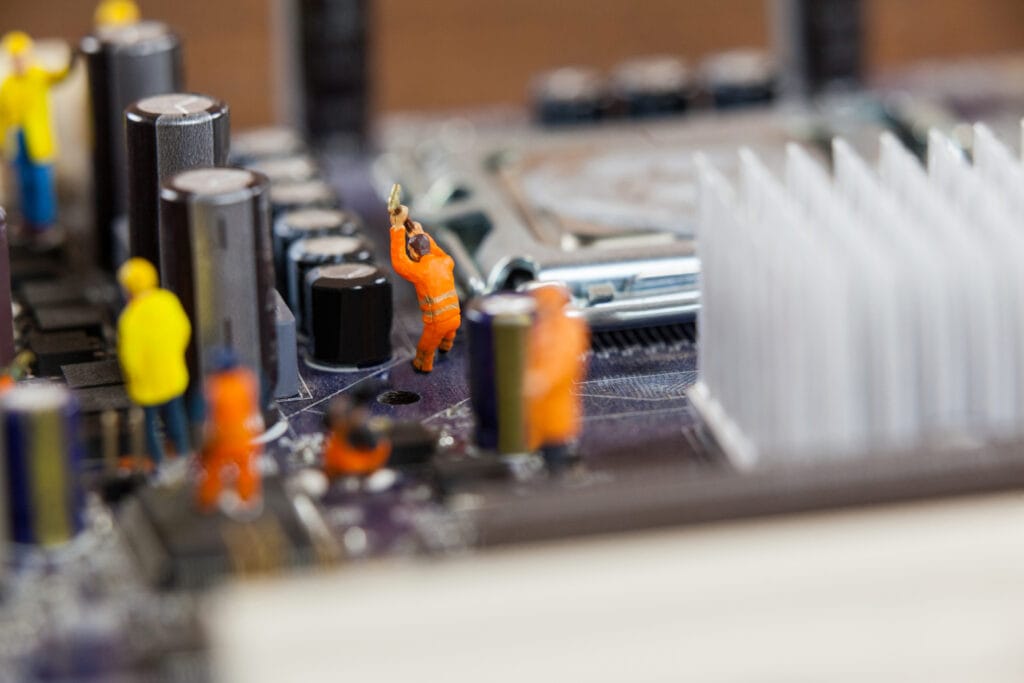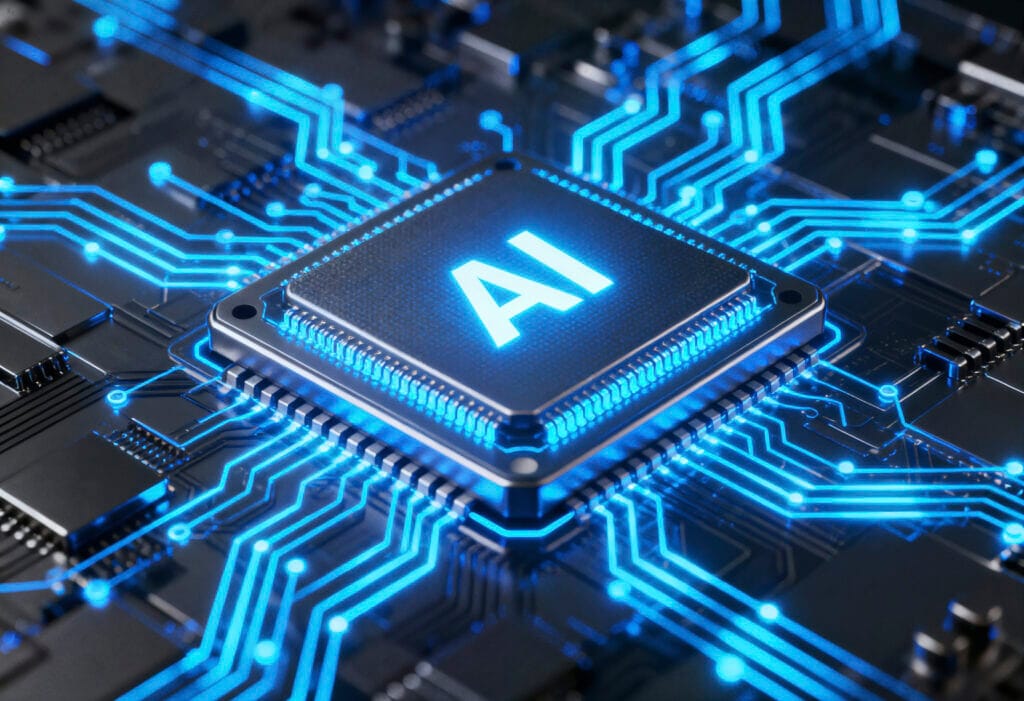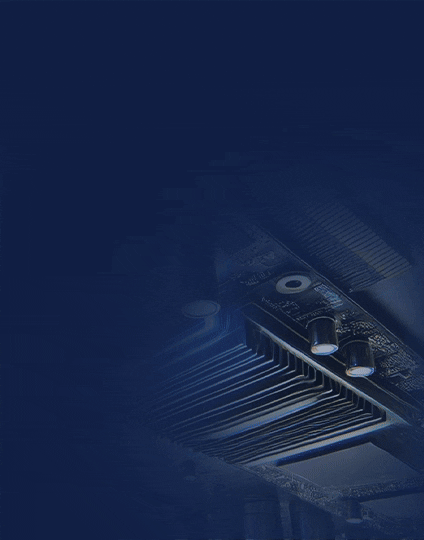As the demand for intelligent, connected devices continues to grow, Edge Computing and Embedded AI are redefining how data is processed and acted upon.
Instead of relying solely on centralized cloud servers, modern systems increasingly process information closer to the source- at the edge- to achieve faster responses, improved privacy, and greater efficiency.
At the heart of this transformation lies Field Programmable Gate Arrays, which offer a unique blend of flexibility, performance, and low power consumption.
FPGAs are rapidly becoming a key enabler for real-time, on-device intelligence across industries like automotive, aerospace, industrial automation, telecommunications, and healthcare.

Understanding Edge Computing and Embedded AI
Edge Computing refers to data processing that occurs near the data source, such as sensors or IoT devices, instead of a remote cloud server. This minimizes latency, reduces bandwidth usage, and enhances system reliability.
Embedded AI, on the other hand, integrates artificial intelligence capabilities directly into hardware systems- enabling real-time analytics, decision-making, and automation at the device level.
When combined, Edge Computing and Embedded AI allow intelligent systems to operate autonomously, with faster inference and minimal dependence on network connectivity. FPGAs play a critical role in enabling these capabilities through hardware-level acceleration and customizable architectures.

Why FPGAs Are Ideal for Edge and Embedded AI Applications
FPGAs bridge the gap between general-purpose processors and fixed-function ASICs. Their reconfigurable logic makes them particularly suited for dynamic environments where AI models or data workloads frequently change.
Low Latency and Real-Time Processing
Edge devices often require immediate responses- such as in autonomous vehicles, robotics, or industrial control systems. FPGAs deliver deterministic, real-time performance by processing data at the hardware level without the delays typical of CPU or GPU-based systems.
Hardware Reconfigurability
Unlike ASICs that are hardwired for specific tasks, FPGAs can be reprogrammed to adapt to new AI models, algorithms, or protocols. This flexibility extends the product lifecycle and allows rapid innovation in embedded systems.
Power Efficiency
For edge and embedded devices that operate on limited power budgets, energy efficiency is critical. FPGAs consume less power than GPUs while providing similar or higher throughput for inference workloads, making them ideal for battery-powered and resource-constrained environments.
Parallel Processing for AI Inference
AI inference tasks like object detection, speech recognition, and sensor fusion benefit greatly from parallel execution. FPGAs can implement custom parallel pipelines, enabling high-speed data processing and accelerating neural network computations efficiently.
Security and Reliability
In edge environments, data privacy and integrity are essential. FPGAs enable secure boot, encryption, and tamper-resistant implementations directly at the hardware level- ensuring robust protection against cybersecurity threats.

Key Applications of FPGAs in Edge and Embedded AI
FPGAs are empowering a wide range of edge and embedded AI applications, such as:
Autonomous Vehicles: Real-time image recognition, LiDAR data processing, and decision-making.
Smart Cameras and Surveillance: On-device facial recognition, motion detection, and behavioral analytics.
Industrial IoT: Predictive maintenance, process optimization, and equipment health monitoring.
Healthcare Devices: Portable diagnostic systems and patient monitoring with real-time analysis.
Aerospace and Defense: Sensor fusion, radar signal processing, and mission-critical control systems.
Telecommunications: 5G base stations and edge network optimization using AI-based resource allocation.

FPGAs vs. Other Hardware Accelerators at the Edge
While CPUs and GPUs are widely used in AI applications, they are not always the best fit for edge environments.
CPUs provide flexibility but lack the parallel processing power for large-scale inference.
GPUs offer strong performance but consume more power and are less efficient for low-latency tasks.
FPGAs, however, provide a balance- programmability, parallelism, and efficiency- making them ideal for edge systems that need both intelligence and speed.

Design and Development Advantages
Modern FPGA platforms now come equipped with AI-focused development tools such as Vitis AI (AMD/Xilinx), Intel OpenVINO, and High-Level Synthesis (HLS) frameworks.
These enable developers to implement complex AI models on FPGAs using familiar programming languages like C, C++, and Python- reducing time to market and simplifying deployment.
Additionally, System-on-Chip (SoC) FPGAs that integrate ARM processors with programmable logic (like Xilinx Zynq UltraScale+ or Intel Agilex SoCs) further enhance embedded AI applications by offering a unified platform for control, data processing, and acceleration.

Challenges and the Way Forward
Despite their advantages, FPGA-based AI systems can pose challenges in terms of design complexity and skill requirements. Developing optimized FPGA solutions demands expertise in both hardware and algorithm design.
However, with the rise of AI-optimized IP cores, automated design tools, and pre-trained model support, these challenges are rapidly diminishing.
As more industries transition toward decentralized intelligence, FPGAs are becoming an integral component of edge computing infrastructures- enabling high-performance, adaptive, and energy-efficient AI.

Conclusion
FPGAs are redefining the future of Edge Computing and Embedded AI. Their ability to deliver real-time performance, adaptability, and power efficiency makes them the preferred hardware platform for intelligent edge solutions.
From smart factories and autonomous systems to medical and defense applications, FPGAs are empowering devices to make faster, smarter, and safer decisions- right where the data is generated.
As the demand for intelligent edge systems continues to rise, FPGAs will remain at the forefront, driving innovation across next-generation embedded AI architectures.


![What is FPGA Introduction to FPGA Basics [2023] computer-chip-dark-background-with-word-intel-it](https://fpgainsights.com/wp-content/uploads/2023/06/computer-chip-dark-background-with-word-intel-it-300x171.jpg)









